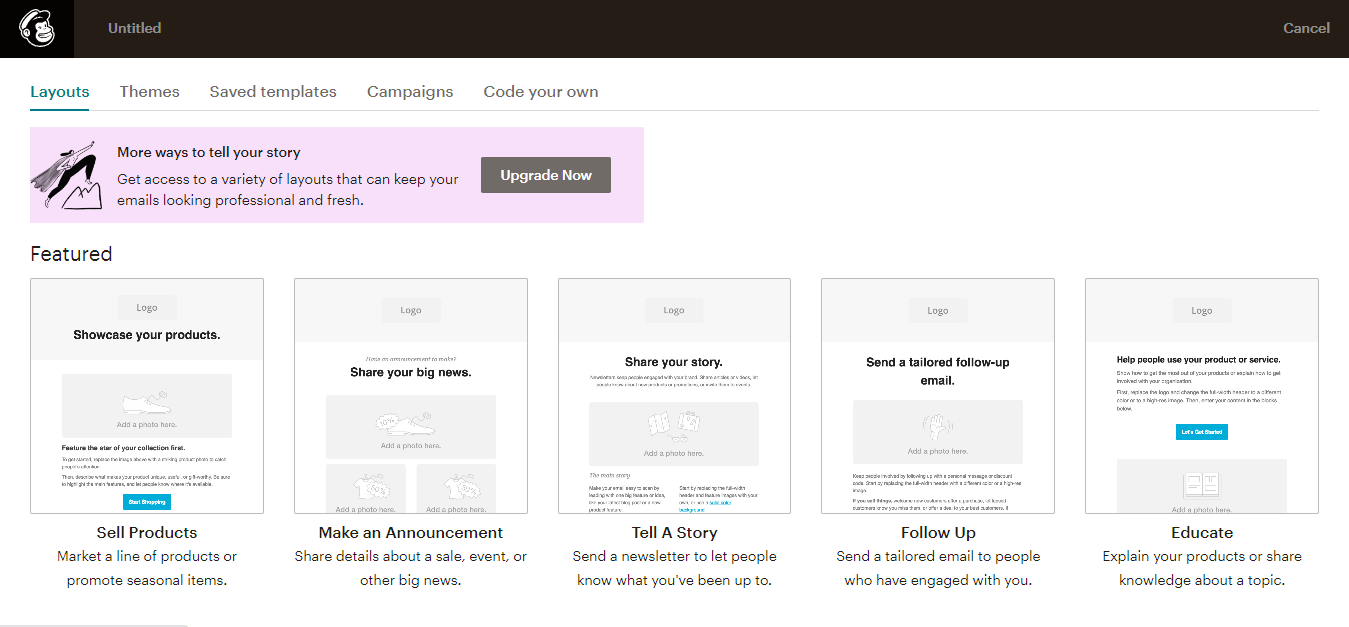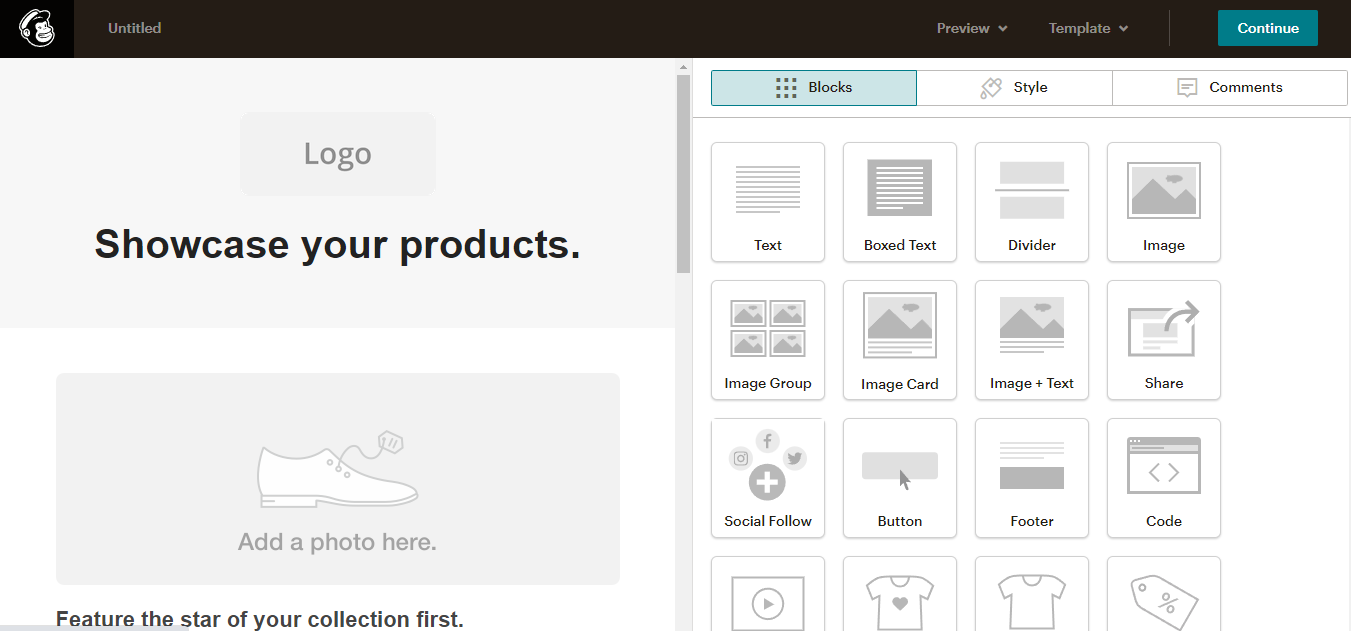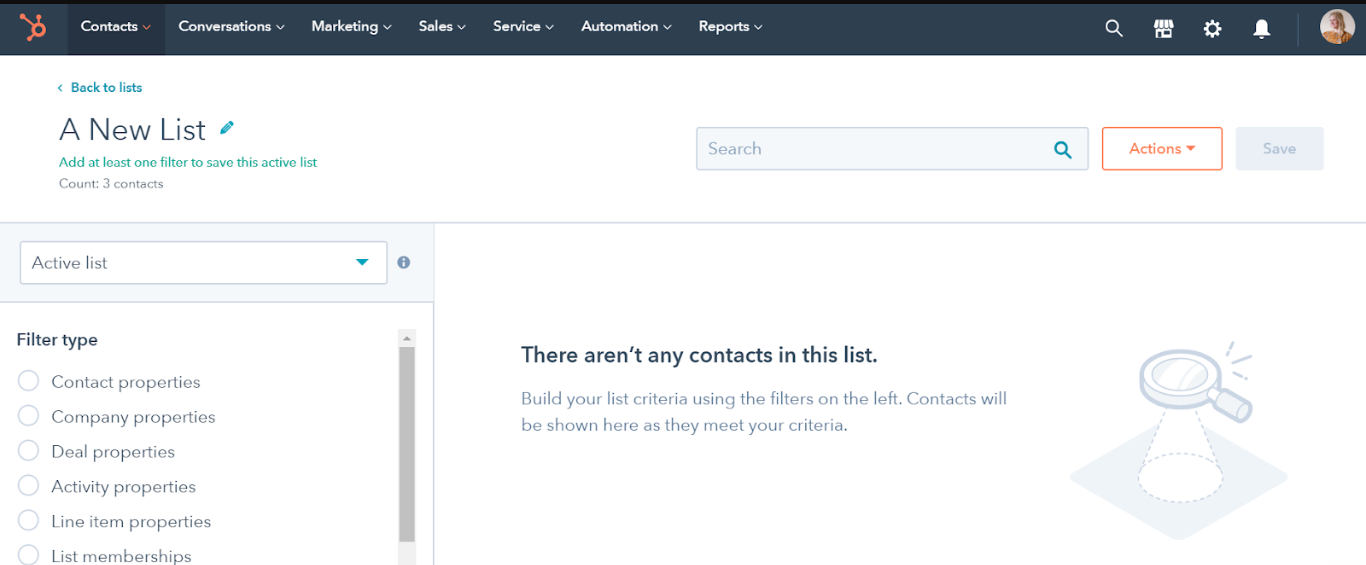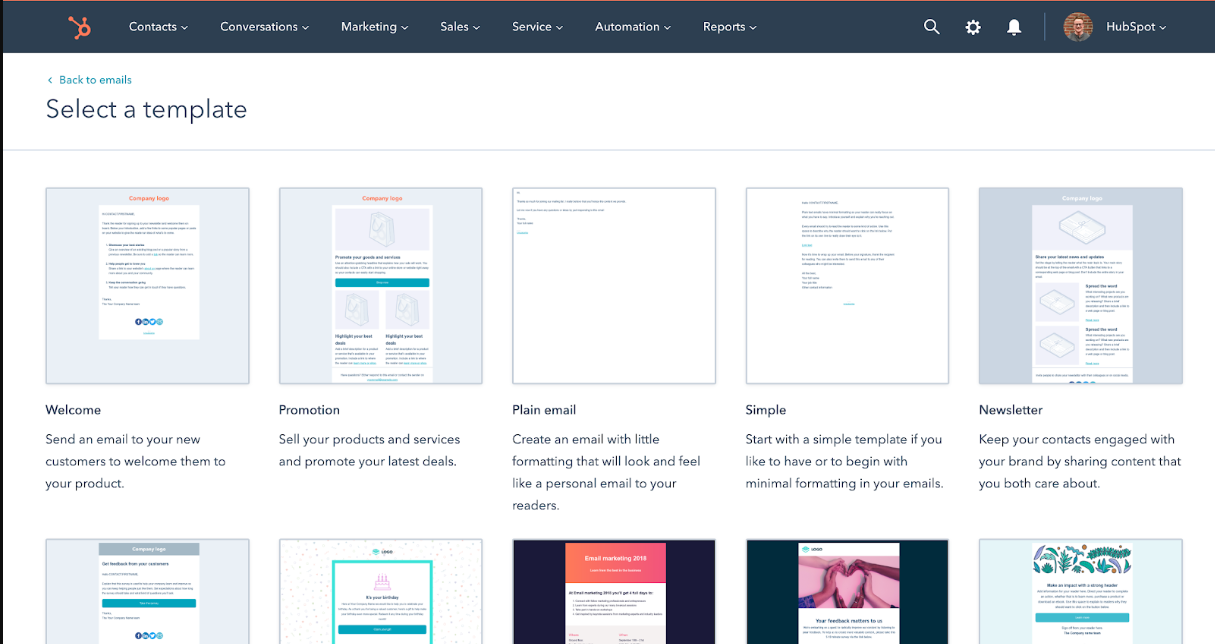Mailchimp vs Hubspot: 2025 Features Comparison
We compare these leading online marketing platforms

One of the most indispensable tools for any business with an online presence is email marketing software. This type of software enables brands to easily send email campaigns to connect with customers. Without an email marketing tool, you’d find it too difficult or even possible to create and manage effective email campaigns.
There are many examples of email marketing software, and two of the most popular ones are MailChimp and HubSpot. These are the two names people first think of when you mention email marketing.
We want to see how the two dominant email marketing tools stack against each other. We’ll compare them based on critical factors like pricing, performance, customer support, and features. After reading this review, you can also see our previous MailChimp review and HubSpot review for more information.

Features
MailChimp is a web-based, software-as-a-service platform. It allows you to create and send emails to as many subscribers on your list. This app offers many email templates designed by professionals to help users create effective email campaigns– you can choose a template that you like and customize it to your tastes. Otherwise, you can use the drag-and-drop tool to create emails from scratch.
MailChimp lets you import an existing subscriber list or build a new email list. To import, download the email list as a CSV file, upload the file to MailChimp, and it'll automatically extract the email addresses to add to your MailChimp subscriber list. To build a new list, you can create and embed forms on your website– any email address inputted on that form will automatically register in your MailChimp subscriber list.
HubSpot offers similar email marketing tools to MailChimp. It has dozens of templates that you can select and customize to match your tastes. If you’re up to the task, you can use the drag-and-drop builder to create visually appealing emails from scratch. With HubSpot, you can create and send bulk emails that are optimized for every type of device. It also provides an analytics dashboard to monitor critical email campaign metrics like click rate and open rate.
HubSpot is an all-in-one online marketing service, with email as just one of its segments, unlike MailChimp which focuses primarily on email. For instance, HubSpot also includes content management software (CMS), customer relationship management (CRM) software, and a customer service platform. You can use HubSpot to manage all the marketing efforts for your brand, whereas MailChimp mostly concerns email marketing.

Performance
MailChimp is primarily a web-based tool but there are mobile apps (iOS and Android) that enable you to manage your email campaigns on the go. For example, if you're onboard a train or out walking where it’s uncomfortable to use your laptop, you can open the smartphone app to monitor your email campaigns. But, the smartphone app doesn’t offer the full set of features you’ll find on the web-based interface.
MailChimp has a user-friendly interface that you’d likely find easy to navigate. It may be confusing to a new user, but it’s easy to get used to it with time. One of the outstanding features is the drag-and-drop builder, which we found enjoyable to use.
HubSpot is primarily a web-based tool but also offers mobile apps like MailChimp. You can use the HubSpot mobile app to manage your email campaigns and other marketing functions on the go.
HubSpot manages to have a user-friendly interface packing a complex web of features into one platform. We observed that customer reviews tend to highlight HubSpot’s user-friendliness as the platform’s primary appeal.
We think it’s a tie between MailChimp and HubSpot in this category.

Support
MailChimp provides direct customer support through email, telephone, and live chat but the support channels available to you depend on the plan you pick. Only the most expensive premium plan includes telephone support, while other paid plans include email and live chat support. As a bonus, MailChimp offers email support to free users for the first 30 days of their use.
If you’re facing a problem, you can also access the MailChimp help center, which contains a plethora of user guides and tutorials to help you navigate the platform. Likewise, there's an official marketplace where you can hire vetted MailChimp experts to assist your marketing efforts.
HubSpot offers direct support through email, live chat, and telephone. Telephone support is only available to users who subscribe to the Professional and Enterprise plans, which are way more expensive than the Starter plan.
You can access the HubSpot help center for tutorials and user guides to help you navigate the platform. There’s also an official community forum where you can interact with other users and seek help when needed.

Pricing
Both MailChimp and HubSpot offer a free version that anyone can use but with limited features. For instance, MailChimp’s free tier supports a maximum of 500 email subscribers, while HubSpot’s free tier lets you send emails manually but not automated emails.
MailChimp offers three premium plans; Essentials for $11 / £11 / AUD$16 per month, Standard for $17 / £17 / AUD$25 per month; and Premium for a high $299 / £299 / AUD$499 per month. Standard supports 6,000 monthly emails to 100,000 subscribers, and Premium has no limits.
You can’t pay for email marketing alone on HubSpot. You must purchase one of three bundles; Starter, Professional, and Enterprise. The Starter bundle costs $50 / £50 / AUD$75 per month, Professional costs $890 / £890 / AUD$1490 per month, and Enterprise costs $3600 / £3600 / AUD$5400 per month. The Starter bundle is enough if you only want to use HubSpot for email marketing, but it’s limited to 1,000 contacts, and you’ll have to pay an extra $50 per month for every additional 1,000 contacts.
MailChimp is a more affordable email marketing tool than HubSpot.
Verdict
MailChimp and HubSpot are both effective email marketing tools with their advantages and disadvantages. MailChimp is a more affordable tool and offers excellent customer support. But, HubSpot offers a wider range of features, including for other types of marketing efforts (social media and SMS). Overall, we think HubSpot is the better tool because it offers a lot more marketing features than MailChimp.
Are you a pro? Subscribe to our newsletter
Sign up to the TechRadar Pro newsletter to get all the top news, opinion, features and guidance your business needs to succeed!
Stefan has always been a lover of tech. He graduated with an MSc in geological engineering but soon discovered he had a knack for writing instead. So he decided to combine his newfound and life-long passions to become a technology writer. As a freelance content writer, Stefan can break down complex technological topics, making them easily digestible for the lay audience.
